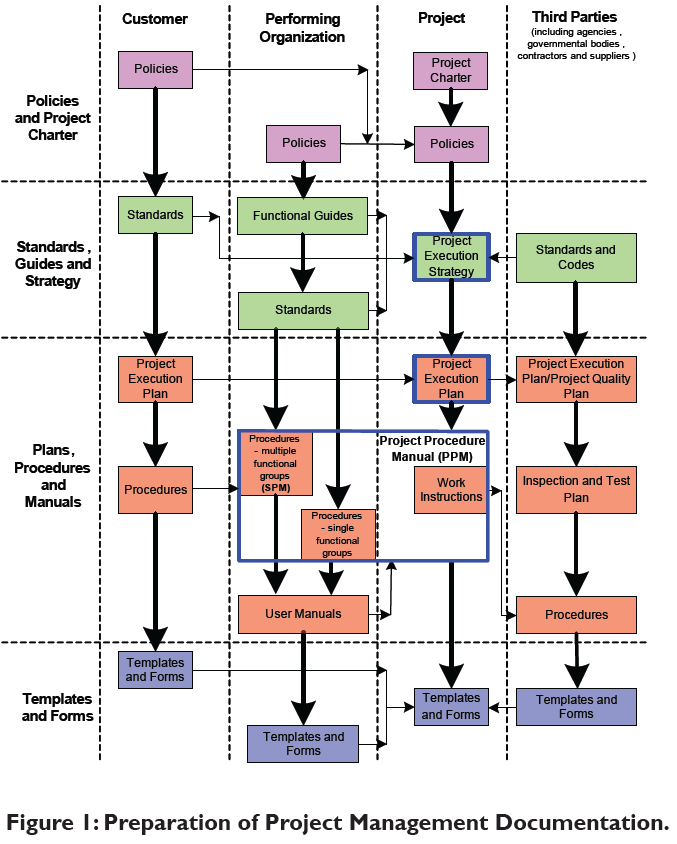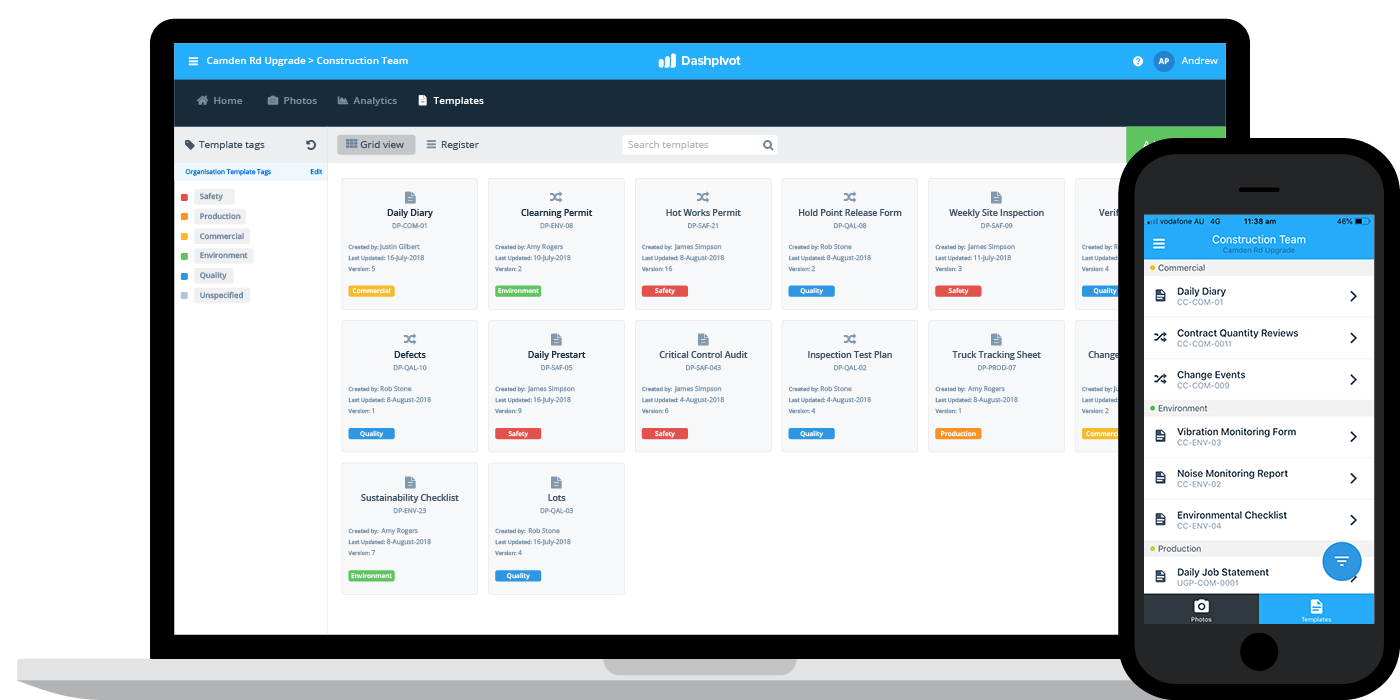Optimizing Job Collaboration: Engineer's Finest Practices in Construction Document Administration
In the intricate realm of architectural projects, the effective administration of building and construction documents stands as a cornerstone for success. In the middle of this complexity lies a critical concern: just how can engineers improve collaboration processes to improve project outcomes?
Leveraging Cloud-Based Platforms
Leveraging cloud-based platforms is a fundamental strategy for modern designers in enhancing building and construction record administration processes. By transitioning from conventional paper-based systems to cloud solutions, architects can enhance partnership, enhance paper availability, and improve general job effectiveness. Cloud-based platforms provide engineers the capacity to shop, share, and update building files in real-time, guaranteeing that all employee have access to one of the most present information despite their area. This access advertises seamless interaction and control amongst job stakeholders, resulting in less mistakes and delays in the building and construction procedure.
Additionally, cloud-based platforms give a protected environment for keeping delicate project info, using file encryption, normal back-ups, and customer authorization settings to shield information honesty. Designers can likewise take advantage of the scalability of cloud remedies, allowing them to adjust storage capacity and functionality based on project demands. On the whole, leveraging cloud-based platforms encourages engineers to optimize their building record monitoring procedures, driving better partnership, performance, and success in their jobs.
Implementing Variation Control Equipment
Having developed the benefits of cloud-based platforms in building and construction document management, designers can currently boost their document control processes by executing Version Control Solution. Version Control Systems (VCS) are crucial tools that track changes in papers, guaranteeing that employee are always dealing with the most recent and most accurate info. By implementing VCS, designers can maintain a central repository where all task records are stored, allowing smooth partnership while reducing the danger of mistakes and variation disputes.
This function is specifically useful in building and construction projects where design iterations and alterations are usual. This transparency not just improves liability however also aids in settling disagreements or inconsistencies that may occur during the job lifecycle.
Developing Communication Methods
To make certain reliable and efficient task sychronisation, architects need to develop clear and durable communication procedures within their building file management processes. Communication protocols specify the approaches, regularity, and channels whereby employee exchange information, updates, and responses. One necessary aspect of developing these procedures is identifying a central interaction system where all project-related discussions and record sharing can occur. This platform might be a project management software application, e-mail strings, or cloud-based storage space services. By establishing guidelines on just how info is distributed and just how employee interact with each various other, designers can improve the circulation of information and protect against miscommunications or hold-ups in the building and construction process.
Furthermore, interaction methods ought to additionally include standards on just how to take care of problems, modification orders, and immediate concerns that might occur during the job lifecycle. Establishing a structured approach to interaction ensures that all stakeholders are on the same web page, promotes openness, and inevitably adds to the effective completion of the building job.
Making Use Of BIM Software Program for Control
BIM software program plays a critical duty in improving coordination among job group participants in the construction sector. Structure Information Modeling (BIM) facilitates collaboration by providing a centralized system where architects, designers, professionals, and other stakeholders can collaborate in a coordinated manner. Via BIM software application, job participants can access and update a common version which contains comprehensive information regarding the structure design, construction elements, and project routines.

Furthermore, BIM software application makes it possible for real-time visit here cooperation and communication amongst group members, despite their physical area. Via cloud-based BIM systems, project stakeholders can access the most up to date job information, track modifications, and make informed choices quickly. Generally, leveraging BIM software program for control boosts job efficiency, productivity, and eventually results in effective task results.
Ensuring Data Safety and Compliance
In the world of building and construction file management, securing information integrity and guaranteeing governing conformity are critical factors to consider for engineers and other task stakeholders. Designers must carry out durable safety measures to protect delicate project info from unapproved access or violations.

Verdict
Finally, designers can enhance task partnership in building and construction paper administration by leveraging cloud-based platforms, applying version control systems, establishing interaction methods, making use of BIM software for control, and making sure data safety and conformity. These ideal practices help streamline the construction process, boost communication among job stakeholders, and boost efficiency in task delivery. By adhering to these standards, architects can successfully handle building files and promote successful project end results.
Through BIM software program, task individuals can access and upgrade a common design that consists of Extra resources in-depth information concerning the building design, building and construction elements, and task schedules.
With cloud-based BIM systems, project stakeholders can access the most current job info, track changes, and make educated decisions promptly - construction document management. In general, leveraging BIM software program for coordination enhances project effectiveness, efficiency, and ultimately leads to successful job results
In conclusion, architects can optimize job cooperation in building and construction document management by leveraging cloud-based platforms, carrying out version control systems, establishing interaction procedures, utilizing BIM software for coordination, and making sure information safety and compliance. These best practices aid simplify the building process, helpful resources boost interaction among task stakeholders, and improve efficiency in project delivery.
Comments on “Streamline Cooperation: The Power of Construction Document Management Systems”